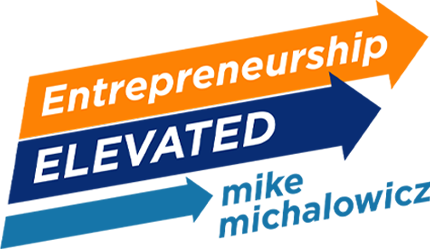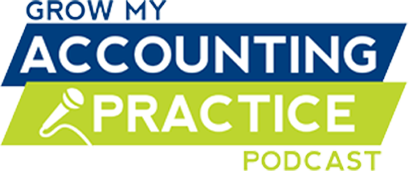Whether you have an established business or are just starting out, you know that structure and organization of your business are crucial.
Traditionally, organizational charts have been the go-to tool for defining roles and responsibilities, but the dynamics of the workplace have changed, and role alignment has emerged as a more effective approach.
- Embracing flexibility and adaptability
Org charts are rigid and hierarchical by nature, often limiting the agility needed to respond to changing market conditions. Role alignment, on the other hand, focuses on defining roles based on functions, skills, and expertise, allowing for greater flexibility and adaptability. By aligning roles with business objectives and strategic goals, small businesses can quickly adjust to market shifts and leverage their employees’ unique strengths. - Fostering collaboration and cohesion for productivity
Org charts can inadvertently create silos within an organization, hindering communication and collaboration. In contrast, role alignment promotes a culture of collaboration, teamwork, and shared responsibility. By clarifying individual roles and how they intersect, employees can work together seamlessly, leveraging their diverse skill sets to achieve common goals. This fosters a sense of cohesion, trust, and camaraderie among team members, which leads to enhanced productivity and innovation. - Empowering employees and encouraging ownership
Traditional org charts often focus solely on job titles and reporting relationships, overlooking the potential for employee empowerment. Role alignment, however, places emphasis on defining roles based on responsibilities, outcomes, and impact. This approach enables employees to understand how their individual contributions directly contribute to the success of the business. By empowering employees with clear role definitions and decision-making authority, small businesses can foster a sense of ownership and accountability, driving higher business performance. - Nurturing professional growth and development
Employees want more today. While org charts primarily outline reporting lines, role alignment takes a broader view of professional growth and development. By aligning roles with employees’ skills, interests, and aspirations, small businesses can create opportunities for career advancement and skill enhancement. This approach will be attractive to employees and make them feel empowered – which benefits you and your business.
Sounds fantastic, right? Now how do you begin?
- Implementing role alignment
Clearly define strategic objectives. Align roles with your business’s strategy, ensuring each role has a direct impact on achieving those objectives. - Identify key functions and skills. Determine the key functions and skillset required for each role, focusing on the value they bring to the business rather than hierarchical relationships.
- Communicate expectations. Communicate role expectations, responsibilities, and performance metrics to ensure everyone understands their contribution to the overall success of the business.
- Foster collaboration. Create a collaborative environment where employees can share knowledge, skills, and experiences across roles, breaking down silos and promoting cross-functional collaboration.
- Provide opportunities for growth. Support employees’ professional growth by offering training, mentorship, and opportunities to acquire new skills that will align with and empower their aspirations.
In the ever-evolving business landscape, role alignment offers small businesses a powerful alternative to the traditional org charts. By embracing role alignment, you can unlock the full potential of your workforce, fostering collaboration, agility, and employee autonomy. Emphasizing roles rather than titles creates an environment where employees understand their impact and drive the success of your small business.
Now go burn that org chart!
Wishing you health and wealth always.
-Mike










